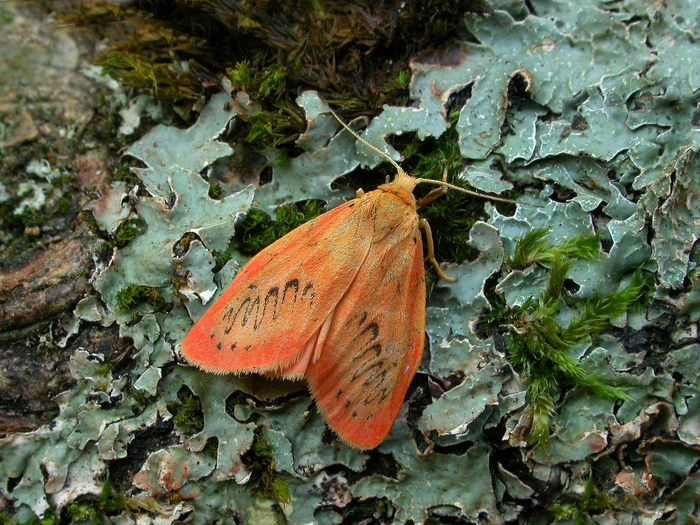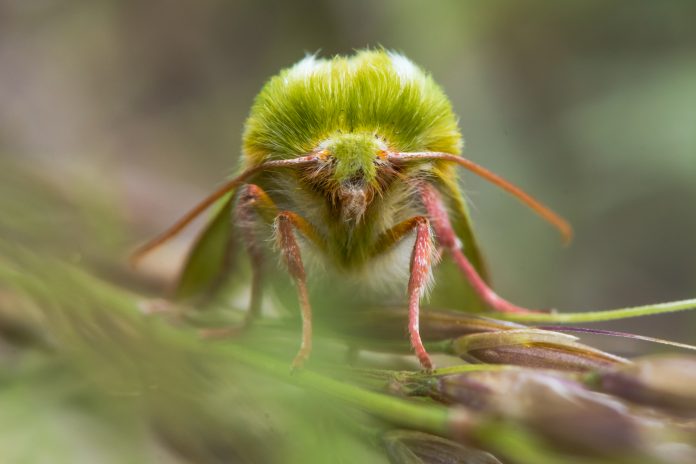Through the prediction of species movement, researchers identify areas in need of habitat restoration to continue protecting moths
Researchers from the University of Liverpool, Rothamsted Research, Butterfly Conservation and the University of Reading combined real data gathered by volunteers with new computer simulations for the first time to predict the movement of different moth species as our climate continues to change.
The teams discovered that moths struggling to move north to adapt to climate change in the UK could be assisted by pinpointing areas where habitat restoration and ‘moth motorways’ can give them a smoother journey.
Protecting moths through the creation of ‘moth motorways’
Predictions revealed that although crucial to both pollination and as a food source for births and bats, farmland and suburban moths were noted to have struggled to move across landscapes.
Identifying landscape features that slowed their movement, such as rugged hills, the team were easily able to pinpoint areas that would benefit from restoration or intervention and create what has been titled as ‘moth motorways’ to aid them in their journey.
Dr Jenny Hodgson, lead author from the University of Liverpool, said: “These new computer models will help us to target habitat restoration in the most effective places to help species adapt to climate change by shifting their ranges across the country.”
“Utilising predictions like these would enable us to effectively create moth motorways, helping endangered moth species reach new, more suitable regions more quickly in their bid to survive” said Professor Tom Oliver, an ecologist at the University of Reading and a co-author of the study.

Climate change is hindering the ability to grow for some species
Up until now there has been a lack of capacity to predict the movement of species across landscapes under climate change.
“Previous research has shown how severe fragmentation of habitats in our UK landscapes is preventing the ability of species to shift their ranges in response to climate warming. We urgently need targeted habitat restoration to help species adapt to climate change” said Oliver.
The research, published Global Change Biology, revealed that moth species found in farmland and suburban habitats were only moving northwards in some British landscapes, putting them at greater risk.
The team found that landscapes with hills or varying temperatures acted as bottlenecks, slowing the movement of farmland and suburban moths. The reasons for this are unclear, although it may be that hills present a physical barrier to dispersal, or that upland areas contain fewer hedgerows, nectar sources and larval food plants.
Dr Zoë Randle, the Senior Survey’s Officer at Butterfly Conservation and a co-author on the study, said: “The findings from this work have great potential to maximise the impact of conservation action, habitat restoration and tree planting by targeting these environmental enhancements in the right places. We are in the grip of a biodiversity and climate crisis, time is of the essence and the findings of this research can really help make a difference in helping moths and other species in these communities that are undergoing range expansion due to climate change.”
We are in the grip of a biodiversity and climate crisis, time is of the essence











